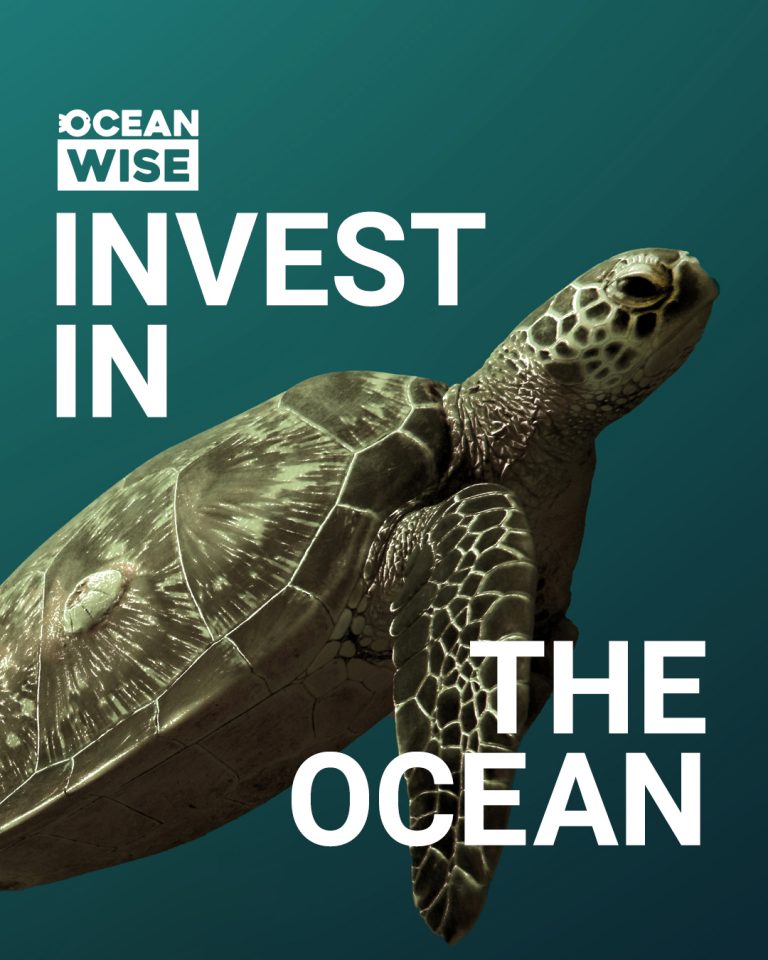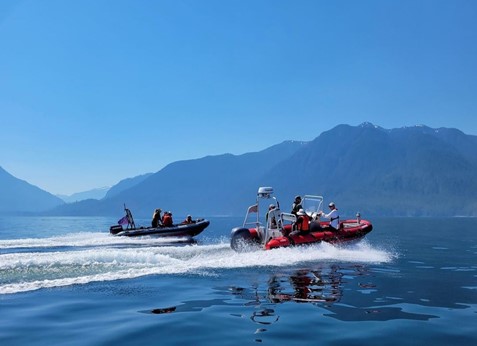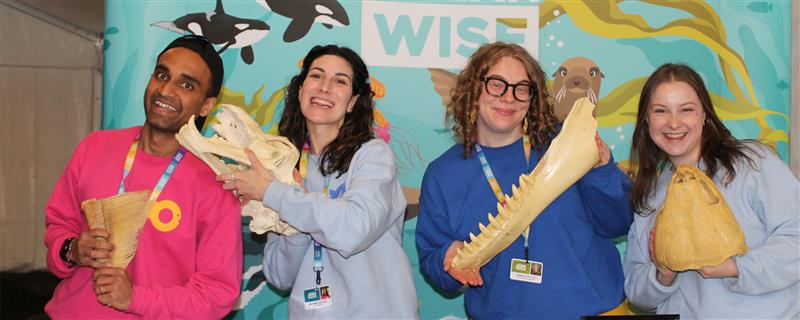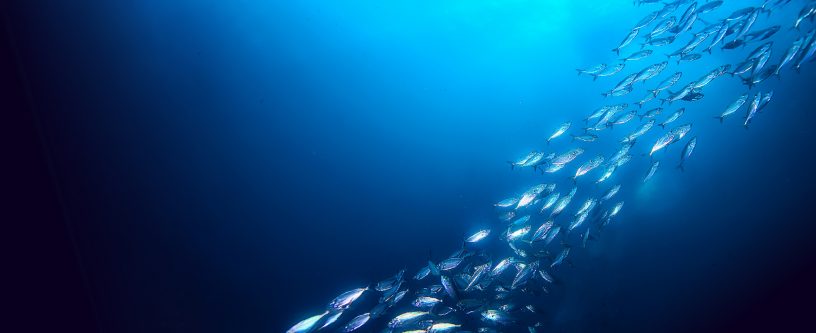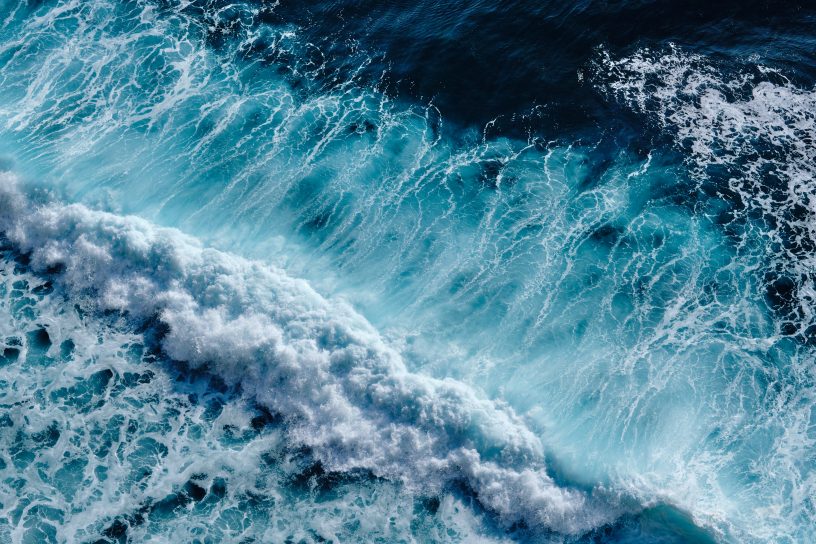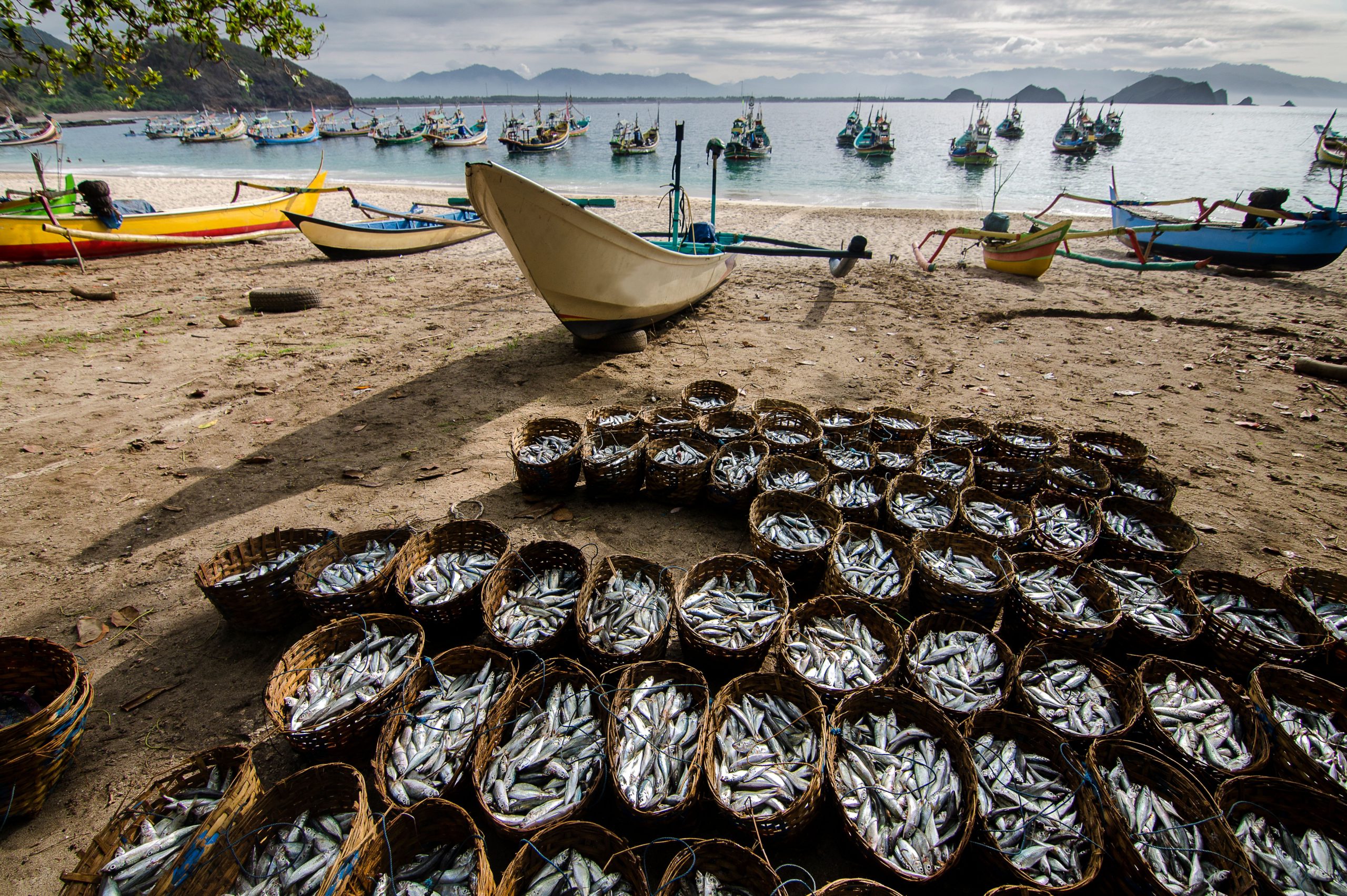
Defining waste in fisheries Part 2: post-harvest losses
October 23rd, 2020
This blog is the second instalment of a two-part series exploring waste in fisheries. Click here to read the first instalment.
Producing enough food to feed the people of our planet is not a precise science, and the reality is our food production systems and supply chains are not perfect. Virtually every food producing sector globally incurs some amount of waste from production through to consumption. Fisheries are not immune – global fish waste is estimated to be between 27% and 38% of total fish caught annually. Our first blog on waste in fisheries discusses waste occurring at the point of harvest. Here, we will look at waste that comes after, known as post-harvest fish losses.
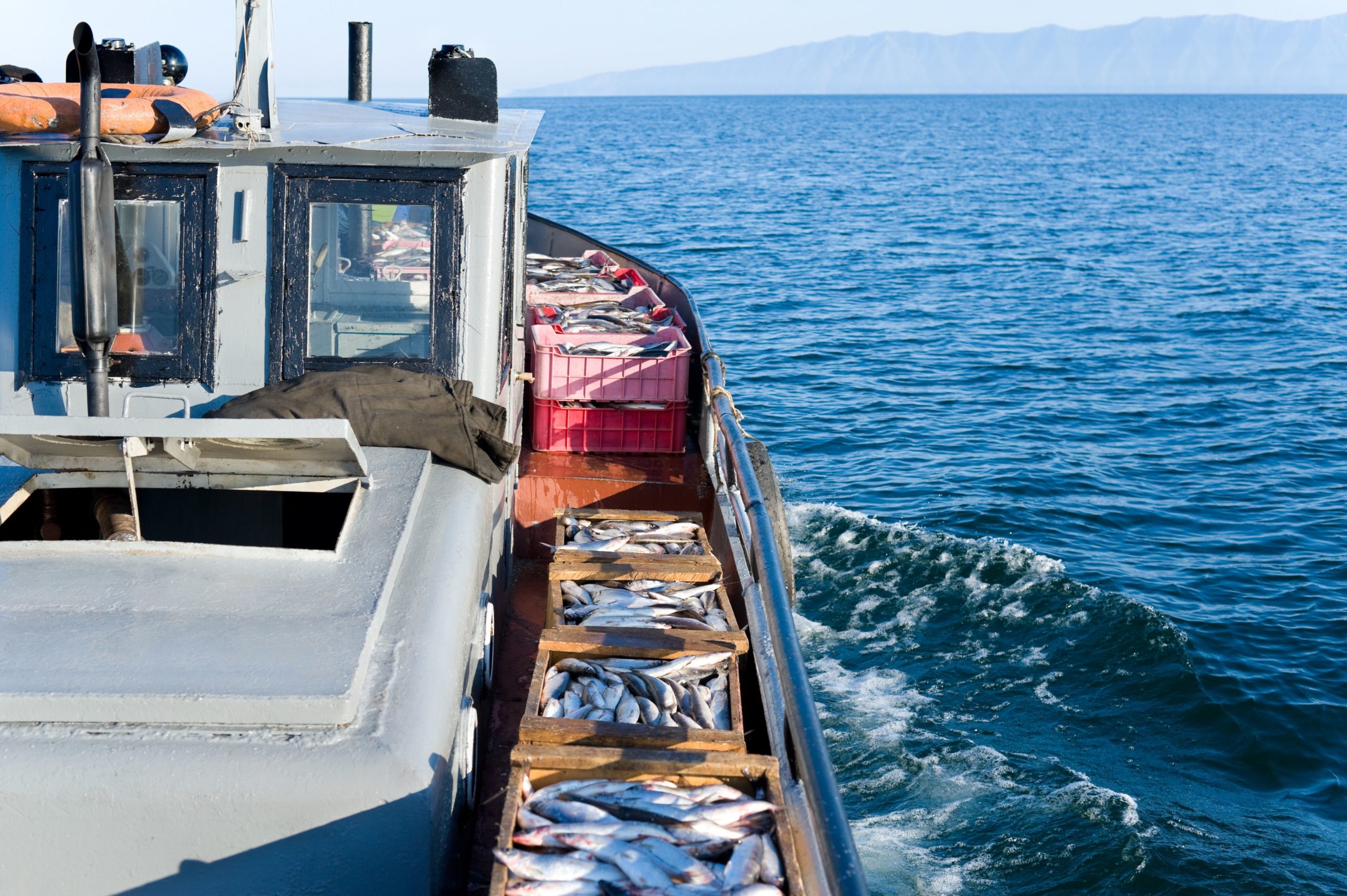
Post-harvest fish losses (PHFL), much like the bycatch and discards issue previously discussed, are driven by a multitude of factors. These fish losses are of great concern because they mean lost animal protein for consumers and a loss of income for fishers, processors, and traders. Because seafood is perishable, ambient temperature is one of the most important drivers of PHFL – the longer these products are exposed to higher temperatures, the more the process of decomposition is accelerated, which leads to spoilage. We lose approximately 10-12 million tonnes of seafood annually due to decay[1].
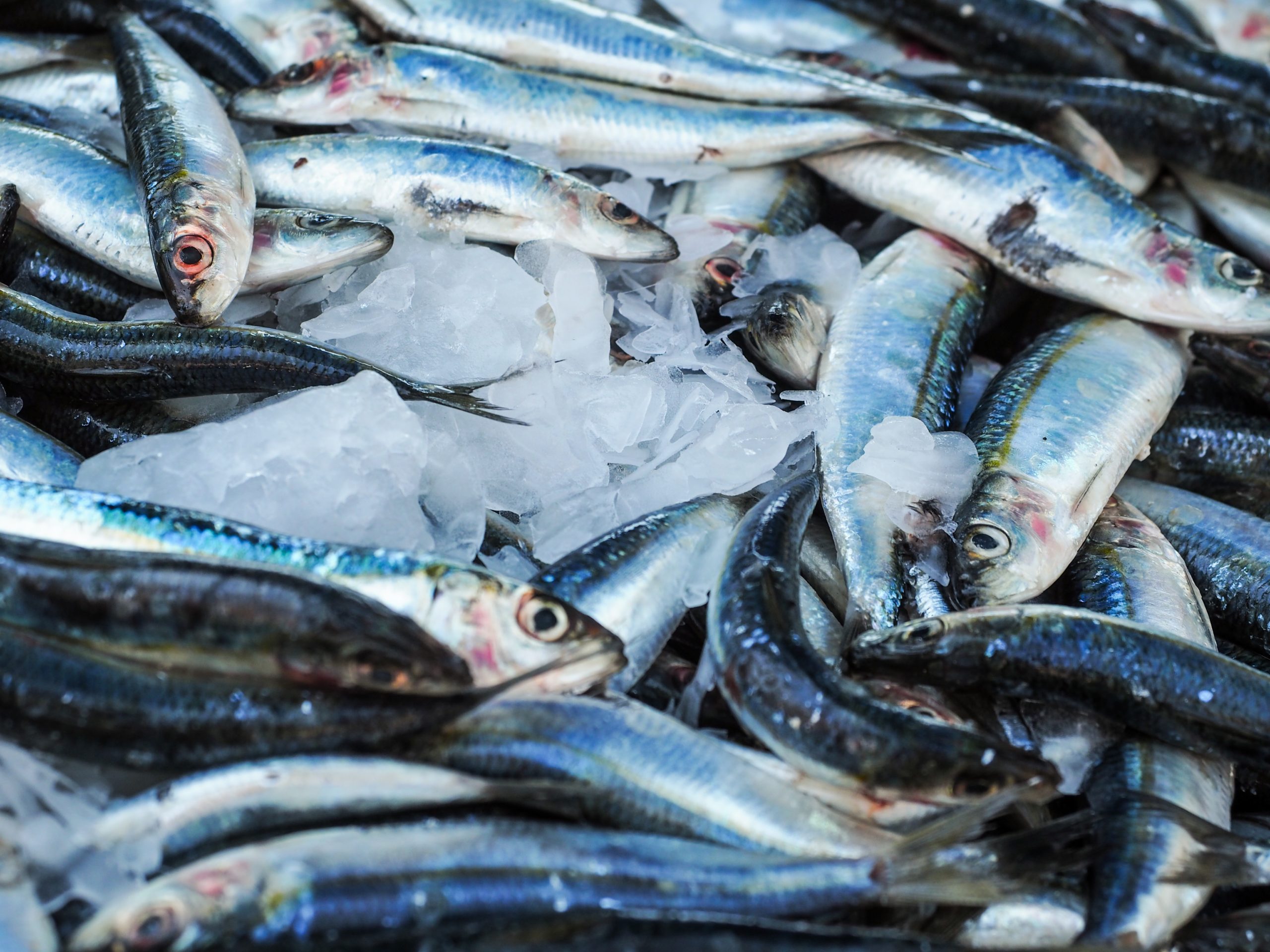
The warmer the location of your catch, the more important keeping the fish cool becomes. Long travel times from harvest to processing can lead to increased spoilage, especially if refrigerated trucks and storage facilities are not readily available near the landing site. Lack of access to ice facilities and proper storage on board can also mean fish spoils more readily in some places than others.
Rotten food poses a danger to human health, so it is a net loss in term of the nutritional potential of food harvested when we must throw it away before it can be eaten. When we throw this fish away, someone also loses economically. Fish that is mishandled after harvest, impacted by pests or altered into an undesirable state results in quality loss, which also can depress the price paid for the product. In many parts of the world, pests can be a real issue for PHFL. It is estimated that around 30% of sun-dried fish, a popular way to preserve catch in many parts of the world, is lost due to infestation from blowfly and beetle larvae[2].
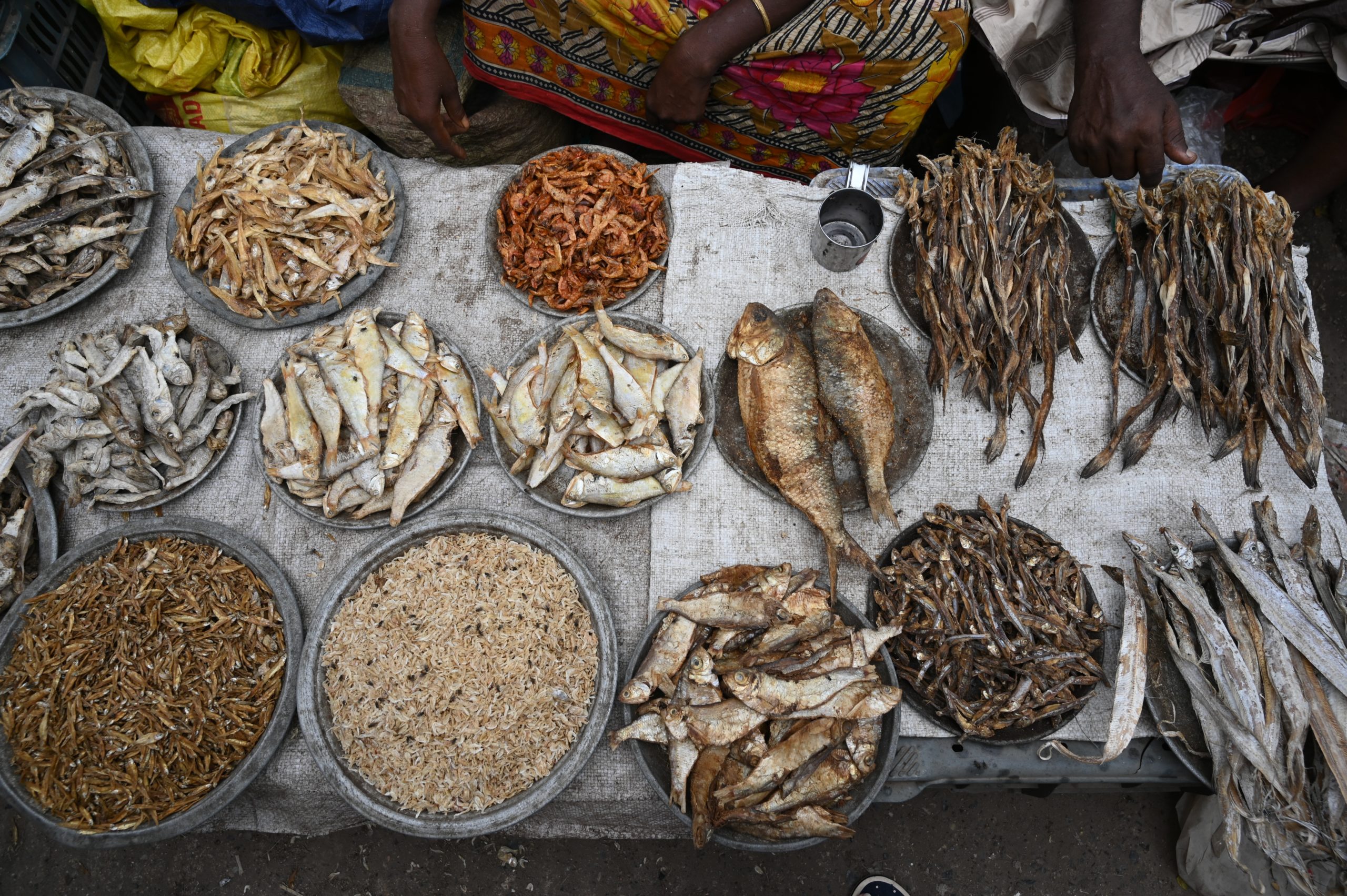
Related to these losses is also the underuse of certain species landed for human consumption. Some forage species for instance (sardines, herring, menhaden, anchovy, etc.) are often converted into fishmeal to feed livestock and other farmed fish, which could be considered a physical, quality, and nutritional loss.
Our distinct preferences as consumers can also drive PHFL. Some consumers prefer to cook whole fish, using the entire product tip to tail. Other consumers prefer eating only choice cuts like fillets, which at the processing level can sometimes mean the tip, tail and bones of the fish are discarded or converted into another by-product like fish meal, fish oil or pet food.
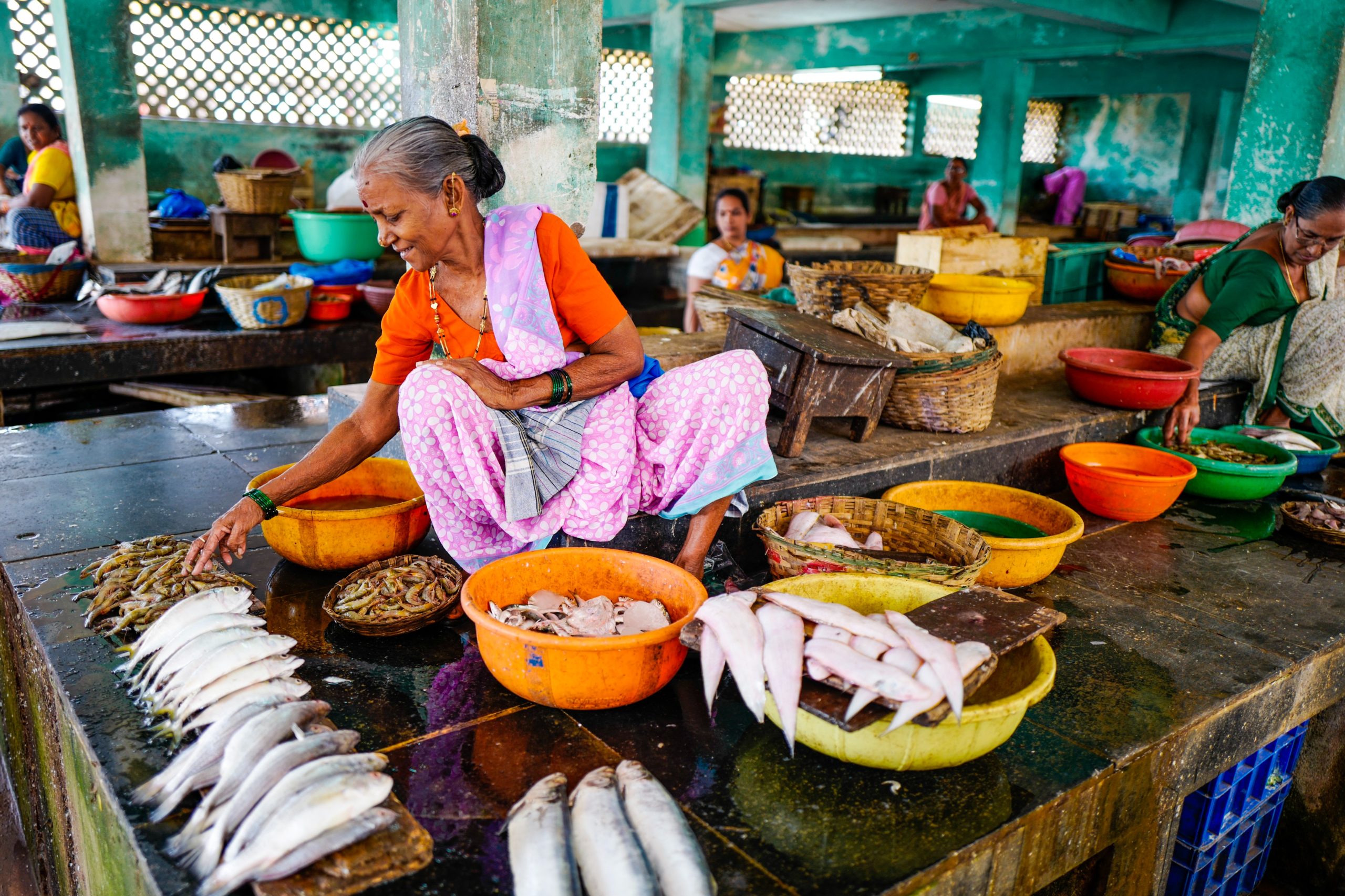
Reducing PHFL for fishers and fishery supply chains globally is an important issue. Many in the world’s poorest countries are dependent on fisheries catch not only as a source of livelihood, but as a primary source of animal protein in their diets. Small-scale fisheries in developing countries are especially susceptible to PHFL and can suffer devastating losses in quality to their fish. Preserving as much of the catch as possible so it can retain its value and nutritional contribution means more food to go around. More efficient use of fisheries’ products may also reduce our dependence on heavily harvested stocks globally, allowing them some reprieve from our demands.
What can you do as a consumer to reduce post-harvest fish loss?
- Eat with the season, and try to eat locally.
- Don’t be afraid of frozen seafood! Flash frozen seafood preserves its freshness and allows it to be stored longer.
- Ensure your refrigerator and freezer are kept at proper temperatures.
- Celebrate your seafood and be purposeful about how you consume it – don’t let those leftovers go to waste!
Blog written by Claire Dawson, Ocean Wise Seafood Senior Science Lead
- Ahmed, A. A. (2008). Post-Harvest Losses of Fish in Developing Countries. Nutrition and Health, 19(4), 273–287. https://doi.org/10.1177/026010600801900403
- Bala BK, Mondol MRA (2001). Experimental investigation of solar drying of fish using tunnel dryer, Drying Technology. 19: 1-10.
Posted October 26, 2020 by Ocean Wise

